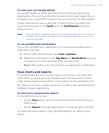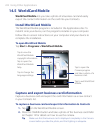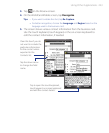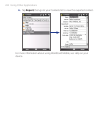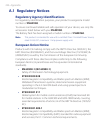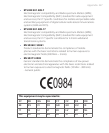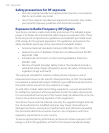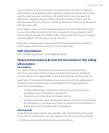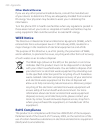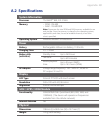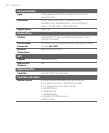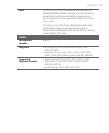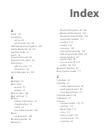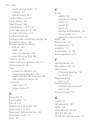Appendix 229
use your device only in its normal-use position. Do not touch or hold the
antenna area unnecessarily when placing or receiving a phone call. Contact
with the antenna area may impair call quality and cause your device to
operate at a higher power level than needed. Avoiding contact with the
antenna area when the phone is IN USE optimizes the antenna performance
and the battery life.
D=0.01058m is the minimum distance between the EUT and human body
to meet the E-field strength of 61V/m as required in Annex III table 2 of EC
Council Recommendation (1999/519/EC). This proves that the unit complies
with the EN50371 for RF exposure requirement.
Body-worn measurements were tested for typical body-worn operations
with the back of the device kept 1.5 cm from the body.
SAR Information
0.371 W/kg@10g (Head), 1.18 W/kg@10g (Body)
Telecommunications & Internet Association (TIA) safety
information
Pacemakers
The Health Industry Manufacturers Association recommends that a
minimum separation of six inches be maintained between a handheld
wireless phone and a pacemaker to avoid potential interference with the
pacemaker. These recommendations are consistent with the independent
research by and recommendations of Wireless Technology Research.
Persons with pacemakers:
• Should ALWAYS keep the phone more than six inches from their
pacemaker when the phone is turned ON.
• Should not carry the phone in a breast pocket.
• Should use the ear opposite the pacemaker to minimize the potential
for interference. If you have any reason to suspect that interference is
taking place, turn the phone OFF immediately.
Hearing Aids
Some digital wireless phones may interfere with some hearing aids. In the
event of such interference, you may want to consult your service provider,
or call the customer service line to discuss alternatives.



